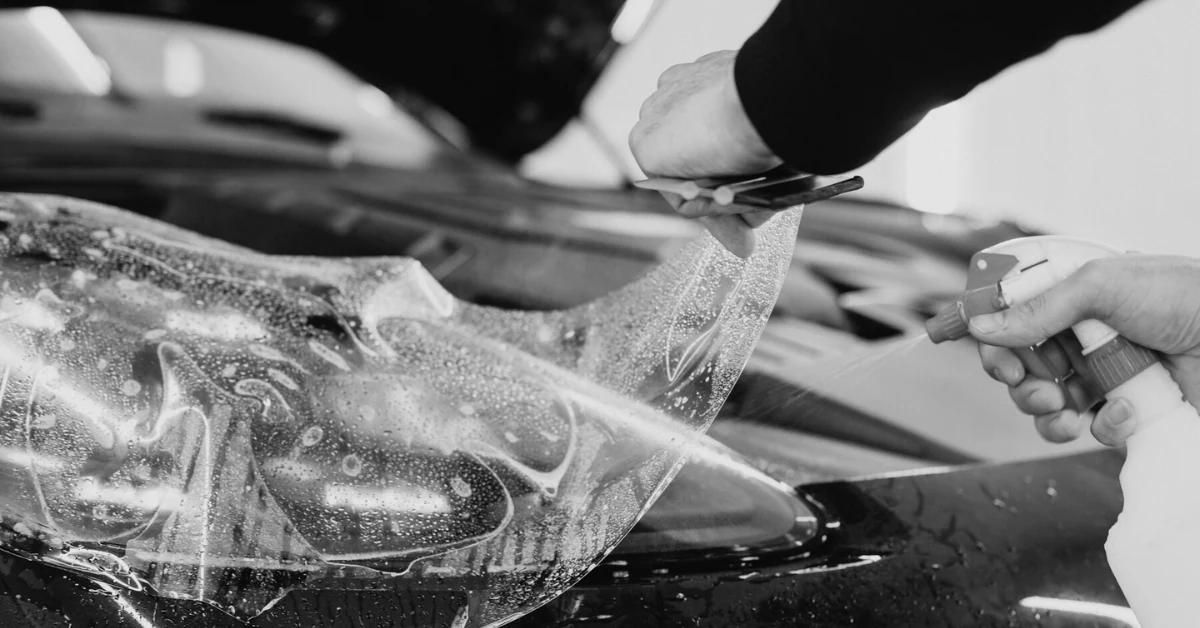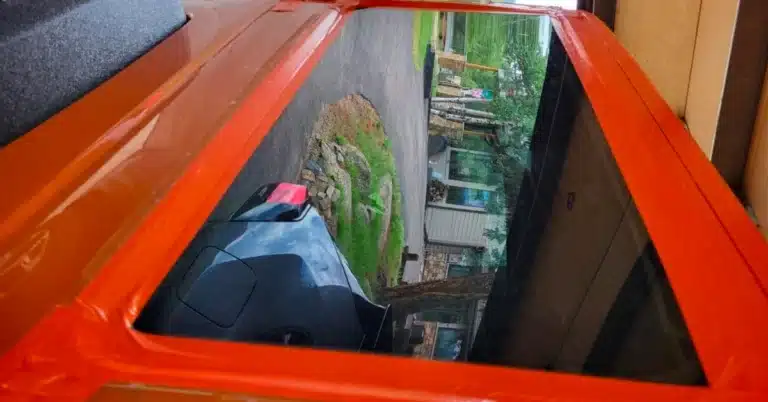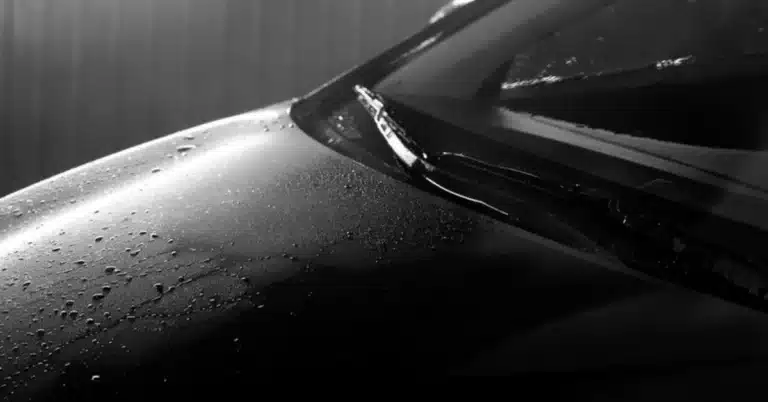While searching for the best tint for your car window, you must have come across names like Xpel Prime Xr Plus and 3M Crystalline.
As these two are the most popular tint films in the market right now, you might get a bit confused about which one would suit your car window and what would provide amazing benefits.
To eliminate all your dilemmas, I have compared Xpel Prime Xr Plus vs. 3M Crystalline in great detail so that you know their features perfectly.
Read the differences thoroughly before buying your ultimate window tint.
Read More: XPEL XR vs. XPEL XR Plus
Xpel Prime XR Plus vs. 3M Crystalline
An Overview of Xpel Prime Xr Plus
Xpel Prime Xr Plus is one of the latest and most advanced window tints from the ever-popular brand Xpel. Because of features, price, and looks, this tint has outperformed all its predecessors and became the most popular line from the brand.
Featuring ceramic particle technology, this window tint looks not only amazingly good but also blocks infrared rays and heat effectively to keep the interior of your car cool and comfortable.
With its maximum heat rejection capabilities, Xpel Prime Xr Plus maintains an optimal temperature in the cabin without putting additional strain on the AC system.
Moreover, besides keeping the cabin cool, this tint also reduces glare from the sun and other bright sources to ensure greater visibility to the driver.

An Overview of 3M Crystalline
3M Crystalline is yet another popular window tint that comes with its own set of benefits. It is manufactured by an American company, 3M, and provides top-notch protection to cars.
Featuring a multilayer optical film with nano-technology, this tint is incredibly thin and maintains a nearly invisible appearance in your car window.
However, even after being thinner than a Post-it paper, 3M Crystalline offers advanced heat rejection and excellent UV protection to ensure a cool and comfortable interior.
It also minimizes glare significantly to cut the disturbing lights of the Sun and headlights while giving you greater visibility.
Read More: Xpel vs. 3M Window Tint
Xpel Prime Xr Plus vs. 3M Crystalline: A Quick Overview
I have listed all the differences between Xpel Prime Xr Plus and 3M Crystalline in a table so that it’s easy for you to compare them.
Go thoroughly to the table below for a very quick idea.
| Properties | Xpel Prime Xr Plus | 3M Crystalline |
| Tint Type | Nano-ceramic tint | Multilayer optical film tint |
| Infrared Heat Rejection | 98% | 99% |
| UV Ray Rejection | 99% | 99.9% |
| Price | Moderate | Expensive |
How Xpel Prime Xr Plus Differs from 3M Crystalline?
If you are wondering how Xpel Prime Xr Plus differs from 3M Crystalline, here is an in-depth discussion of the major differences.
Tint Type
Even though they both are car window tint when it comes to the tint type, Xpel Prime Xr Plus and 3M Crystalline differ significantly.
For starters, XPEL Prime XR Plus uses nano-ceramic technology in its construction to offer the best protection to the users.
The blend of ceramic particles acts as a solid barrier and stops all the “unwanted” to maintain a cool and comfortable atmosphere inside the car,
Moreover, as this tint film is super thin (about 1.5 mil), it gives a nearly invisible appearance while also maintaining top-notch protection.
On the other hand, 3M Crystalline has a unique Multilayer optical construction to provide high IR and UV protection.
Even though this tint film was specially designed with multi-layers, it is still extremely lightweight and maintains a nearly invisible appearance.

Infrared Heat Rejection
Both XPEL Prime XR Plus and 3M Crystalline offer high levels of infrared (IR) heat rejection.
While XPEL Prime XR Plus provides 98% IR rejection, 3M Crystalline has 99% infrared rejection capabilities to ensure better protection.
As the Crystalline has a multilayer construction, it can block a little bit more IR than the others.
UV Ray Rejection
Just like IR heat rejection, the UV Ray Rejection capabilities of XPEL Prime XR Plus and 3M Crystalline are very similar.
While XPEL Prime XR Plus can block up to 99% of harmful UV rays, the mighty Crystalline has 99.9% UV blocking capability to ensure better protection.
Price
Another significant difference between Xpel Prime Xr Plus and 3M Crystalline is their price range.
Even though Xpel Prime Xr Plus offers some excellent benefits to its customers, this window tint is moderately priced to keep it within the budget of the buyers.
However, the same cannot be said about the 3M Crystalline. This window tint is quite expensive and might feel out of budget many a time.
Read More: Xpel vs. LLumar
What Andy Thinks On Xpel Prime Xr Plus vs. 3M Crystalline
The discussion about Xpel Prime Xr Plus vs. 3M Crystalline was very thorough and precise. After going through all the differences, it is safe to say that both these window tint types are very similar.
Even though they have different construction, the benefits they offer are quite alike. What differentiates them is their price range.
Therefore, when choosing the window tint for your car, consider the benefits along with the price range to make a wise decision.







